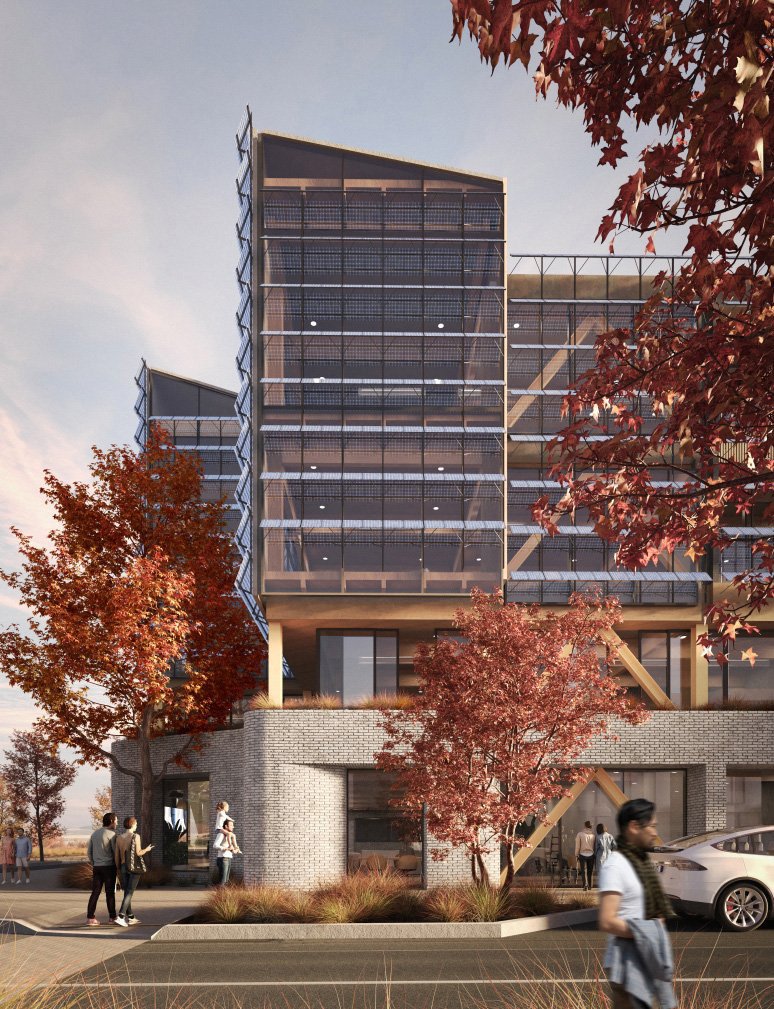
The application for non-notified consent to build the office and retail block, known as Aspiring House, on the corner of Sir Tim Wallis Dr and Deering St, was lodged by Southern Lakes Property Trust Ltd and Roa Properties Ltd, collectively known as Roa.
The application said the project was globally benchmarked using the only global certification for net zero carbon buildings, the International Future Living Institute Zero Carbon Certification.
That certification was the first worldwide third party certified standard for measuring emissions, launched in 2018.
The standard required a project to have net zero emissions from both operational and embodied carbon.
Aspiring House would be the first project to achieve that standard in the southern hemisphere.
The sustainability aspect of the project had been incorporated from the beginning of design, through early sustainability workshops to identify strategies to set up the project for different options to achieve the certification.
That has been a focus through the project’s design to ensure the low-carbon ambitions can be delivered, and includes the whole building, including tenancy fit-out.
In a statement, Roa chief executive Mike Saegers said he believed approval for the 19.5m building height was an important step forward for the development of internationally benchmarked green commercial buildings in Wānaka.
The additional height enabled projects employing mass timber and other forms of carbon-conscious construction methodologies to be commercially feasible, given Wānaka’s climatic and seismic building design requirements.
While the assessment noted the building exceeded the 12-metre maximum building height for Wānaka under the proposed district plan, it considered non-compliance was justified through careful design, saying various forms and materials on each level reduced bulk, minimising dominance effects.
Strategic glazing on upper levels lightened visual impact and, as a corner site, the taller building integrated well with the surroundings. The additional height also contributed to the development’s status as a key landmark, it said.
The building, designed by architectural practice Warren & Mahoney, would have street level retail and upper-level office space.
Mr Saegers said Roa had ambitious plans for its healthcare district at Three Parks using the same construction methodologies and similar building heights.












